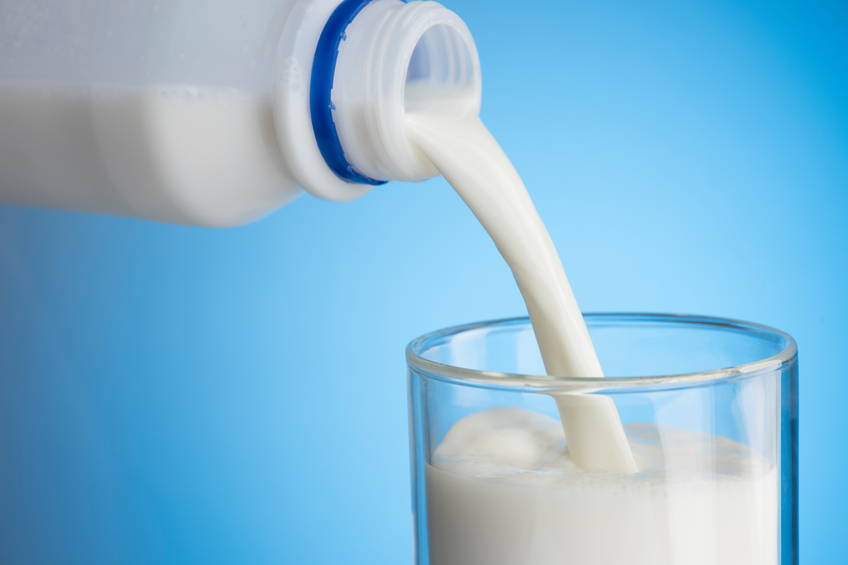A New Plastic That Promises to Add Years to Shelf Life?

The Importance of Listening to the Consumer
September 8, 2016
The Dangers of Giving Your Package a Face
September 14, 2016A New Plastic That Promises to Add Years to Shelf Life?
Perhaps more so than any other part of the marketing process, deciding on the product packaging design assigned to your food or beverage can be challenging. There is a great deal to consider when selecting the flexible packaging to be used for something so important. After all, you want to be sure that the consumer is drawn in by the graphic design showcased on the food pouches or beverage cans, but you also need to ensure that the packaging is going to be durable, functional, and user-friendly.
Fortunately, the researchers and scientists that work to create new packaging solutions are dedicated to constant improvement of this industry. So, you know, when you finalize the design for package printing that the consumer is going to get something worthy of the food or beverage contained within.
One such recent development involves those products with limited lifespans, which are frequently packaged in plastic. Not all foods and beverages fit within this category, even those commonly sealed in plastic. These developments focused more on medications and foods particularly sensitive to moisture. While the current plastics have sufficed, researchers knew that water vapors were allowed to enter through microscopic pores. Just that small amount of moisture leakage, over time, was enough to destroy the product within. This wasn’t limited to food and medication. It is also a problem facing other industries, including technology. Even the tiniest amounts of water vapor add up over time, and can destroy a product before the plastic pouches are opened. A longer shelf life could be achieved, if the pores were somehow sealed.
This knowledge led scientists to investigate the possibility of creating a type of packaging that included an ultra-thin lawyer of graphene over polymer film. The result was a packaging material that could exponentially increase the shelf life of various products.You can read more about the discovery in Popular Science.





